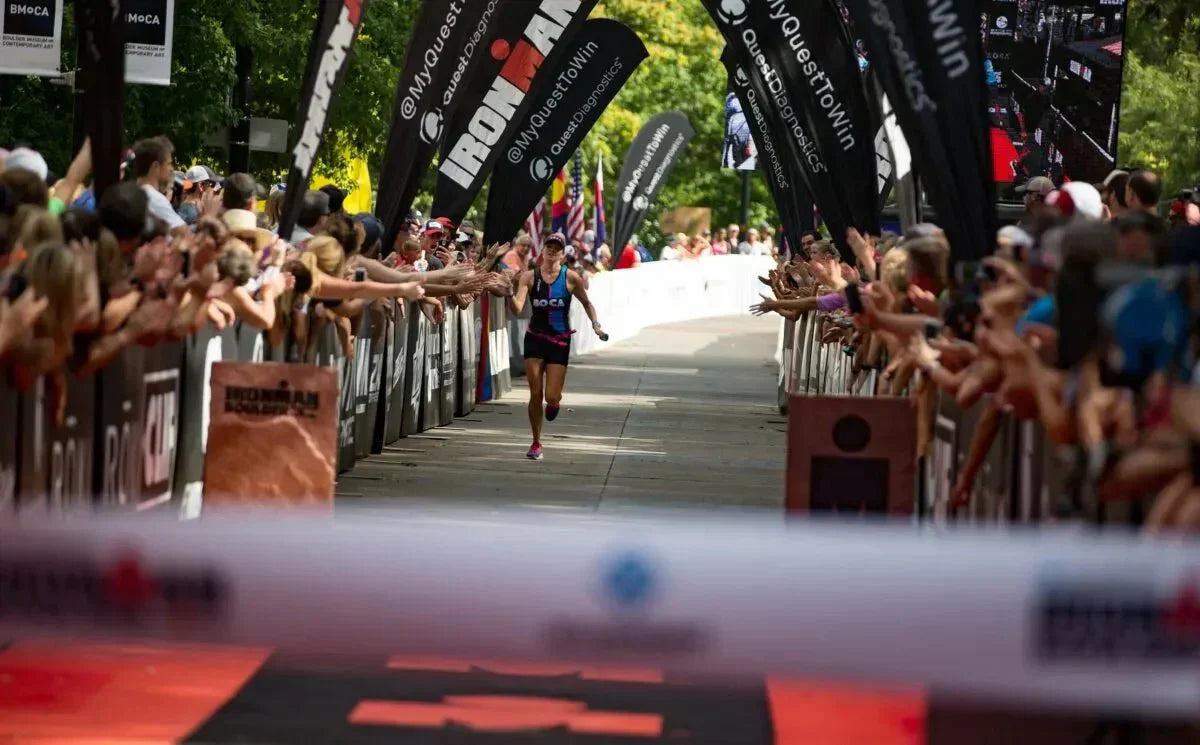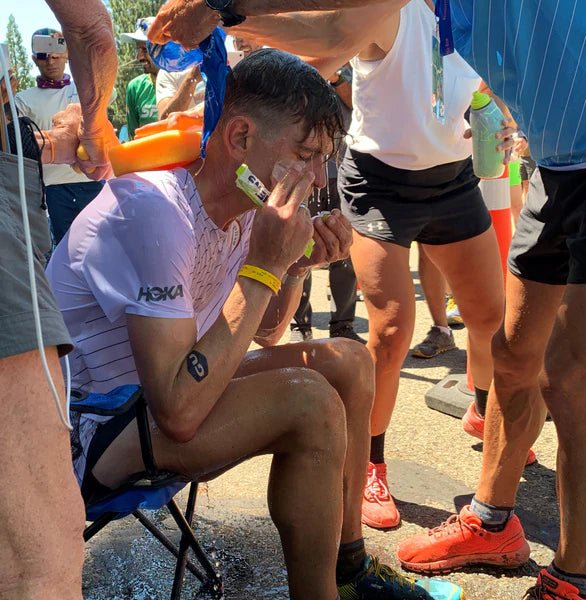
The No-Nonsense Guide to Your Half Ironman Training Plan
The No-Nonsense Guide to Your Half Ironman Training Plan
Taking on a Half Ironman isn’t just another race. It’s a real challenge—physically and mentally. Whether you’re leveling up from sprint/olympic or you’ve been out of the game for a while, success comes down to the right plan and a disciplined mindset.
Below you’ll find what actually matters: a clear plan, common mistakes, real-world tips, and what it takes to cross the line at your next 70.3. No hype, just the essentials.
Fast Facts: What’s a Half Ironman?
-
Swim: 1.2 miles
-
Bike: 56 miles
-
Run: 13.1 miles
-
Total: 70.3 miles (113 km)
It’s not “just a longer triathlon.” You need endurance, speed, AND brains to get it done.
Why a Real Plan Matters (and Why Most Fail Without One)
-
No plan = overtraining, burnout, or injury
-
Structure prevents panic-training and skipping key sessions
-
Progress comes from steady, smart build-up—not hero workouts
-
You can’t fake the brick: Transitions are where most first-timers blow up
Core Pillars of Your Half Ironman Training
1. Swimming
-
Focus on efficiency, not just yardage
-
Open water practice is non-negotiable if you want to avoid panic attacks on race day
-
Frequency: 2–3x/week, with drills, intervals, and some longer steady swims
2. Cycling
-
Build endurance with one long ride weekly, but don’t skip hills and intervals
-
Practice nutrition on the bike—your stomach needs training too
-
Do “brick” sessions: ride, then run immediately after (even just 10–20 min)
3. Running
-
Build mileage slowly (no more than +10% per week)
-
At least one long run and one “off the bike” run each week
-
Intervals and tempo work are critical—don’t just jog
4. Strength & Mobility
-
2x/week: core, glutes, hamstrings, upper body
-
Focus on injury prevention: planks, squats, lunges, band work
-
Flexibility and mobility (think: yoga, foam rolling) to stay healthy
5. Rest and Recovery
-
Sleep > supplements
-
At least one full rest day per week—no, you won’t lose fitness
-
Use active recovery: walking, yoga, easy spins
Sample 20-Week Half Ironman Training Schedule
Here’s what a real-world, athlete-tested, no-BS plan looks like:
Base Phase (Weeks 1–8):
-
Build routine, nail technique
-
Focus: aerobic volume, form, steady progress
Build Phase (Weeks 9–16):
-
Ramp up intensity, longer bricks, simulate race pace
-
Push your mental and physical limits—but avoid red-lining
Peak/Taper (Weeks 17–20):
-
Sharpen race skills, cut volume, maintain some intensity
-
Prioritize sleep, nutrition, and recovery
Want a week-by-week breakdown for your level? [Contact me for a custom plan.]
Nutrition & Hydration Basics
-
Daily: Eat real food—carbs, protein, healthy fats, lots of veggies
-
Before training: Carbs + water 1–2 hrs before sessions
-
During long workouts: 30–60g carbs/hr (gels, chews, sports drink)
-
After: Carb + protein within 30 min (choc milk, smoothie, Greek yogurt)
-
Race day: Never try anything new—practice nutrition in training
Gear Checklist—What You Actually Need
-
Swim: Good wetsuit, clear/comfortable goggles
-
Bike: Reliable, well-fit bike (aero helps, but fit trumps all), helmet, repair kit, bottles
-
Run: Shoes that work for YOU (don’t copy others), technical socks, hat/visor
-
Race day: Tri suit, race belt, small towel, sunblock, nutrition
Pro tip: Don’t get lost in tech or gear envy—train more, stress less.
Mental Game: The Real X-Factor
-
Set realistic goals—one “stretch” goal, one “no matter what I finish” goal
-
Visualize race day—transitions, low points, and the finish
-
Practice positive self-talk and simple mantras (“relax and go,” “one more mile”)
-
Have a plan for setbacks—injury, work, bad weather, whatever
Top 6 Mistakes (and How to Avoid Them)
-
Ignoring recovery: More is not always better—listen to your body
-
Poor fueling: Skipping carbs or waiting to eat post-workout = disaster
-
Skipping strength/mobility: You can’t out-train weak glutes or a stiff back
-
Random training: Consistency and progression matter more than “epic” sessions
-
Not practicing transitions/bricks: It’s called a triathlon, not three separate races
-
Race day experiments: Nothing new—gear, food, pacing—on race day
Race Week: How to Nail It
-
Taper smart: Less volume, same intensity
-
Plan nutrition/sleep: Stick to your habits
-
Check your gear: No surprises—checklists are your friend
-
Arrive early: Race nerves are real, give yourself buffer time
-
Have fun: Celebrate the work, don’t stress if it’s not perfect
FAQ—Half Ironman Quick Answers
How long should you train for a 70.3?
Ideally, 16–20 weeks if you have a good fitness base.
Do I need a coach?
Not required, but a plan tailored to your schedule and life saves time and headaches.
How do I avoid GI issues?
Practice race nutrition every long workout. Find what works for your gut—everyone’s different.
What’s the biggest mistake newbies make?
Going out too hard on the bike, then walking most of the run.
How do I fit training around work/family?
Prioritize key sessions (long workouts, bricks) and communicate with your people. Quality over quantity.
The Bottom Line
Half Ironman is hard—no way around it. But if you want a real shot at finishing strong (and enjoying the journey), you need a real plan, smart fueling, and a coach who actually gets what busy adults need.
Want a customized Half Ironman plan, built for your schedule, strengths, and real life? Book a consult with me or grab my free 20-week training template. Questions? Just ask—I respond to every athlete.



Leave a comment
This site is protected by hCaptcha and the hCaptcha Privacy Policy and Terms of Service apply.